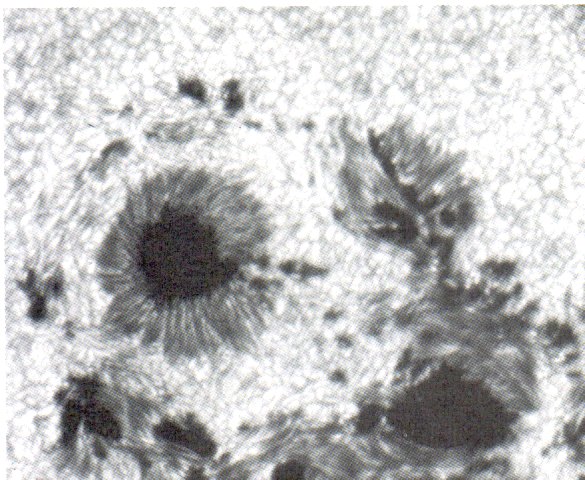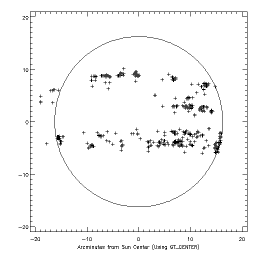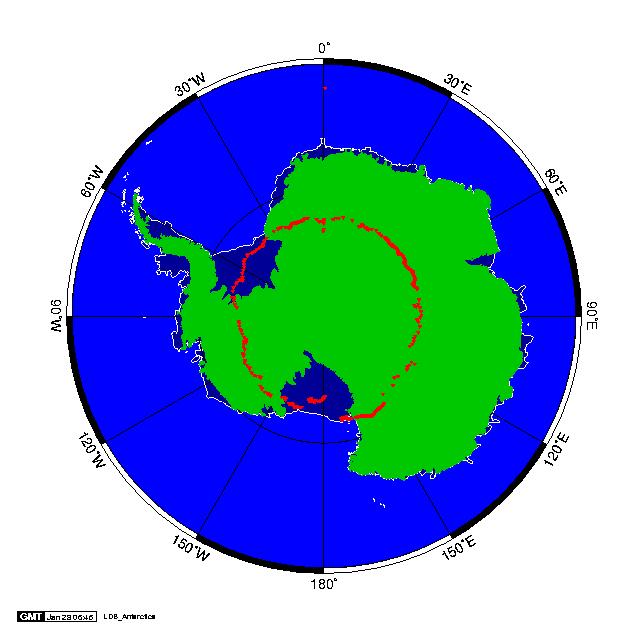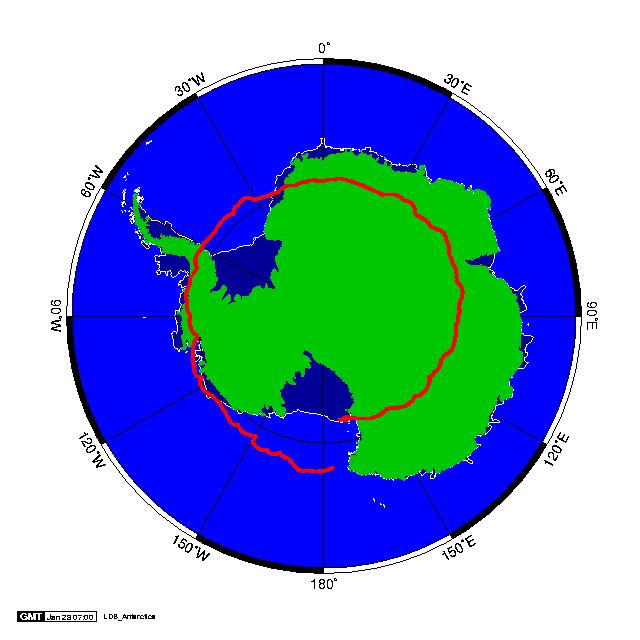Homage to Flare Genesis
Science Nugget: January 28, 2000
Introduction
In the middle of the last century, one of the first major space experiments
was the balloon-borne telescope named
Stratoscope.
This project succeeded, after many false starts, in obtaining superb
solar images on film (the preferred medium of the 1950's), during
balloon flights from St. Paul, Minnesota, in 1959.
Here's a sample:
 This revolutionary space experiment required a 12-inch telescope to
be lifted above the stratosphere - to float at some 80,000 feet - in
a balloon-borne platform with good pointing capability.
This required lots of new technology, including the balloon vehicles
themselves, and there were many mishaps during its development.
Alas I can't find much history on the Web, but people who were involved
included Princeton astronomers Martin Schwartzschild and Lyman Spitzer.
This instrument was a
predecessor of the Hubble Space
Telescope.
This revolutionary space experiment required a 12-inch telescope to
be lifted above the stratosphere - to float at some 80,000 feet - in
a balloon-borne platform with good pointing capability.
This required lots of new technology, including the balloon vehicles
themselves, and there were many mishaps during its development.
Alas I can't find much history on the Web, but people who were involved
included Princeton astronomers Martin Schwartzschild and Lyman Spitzer.
This instrument was a
predecessor of the Hubble Space
Telescope.
Taking the next step
A balloon-borne telescope makes more sense today than it did four decades
ago, since the balloons themselves have gotten a lot better, and since
one can go to the Antarctic and obtain long flights with constant
sunlight during the austral summer.
That's the premise of the
Flare Genesis Experiment project, which (we think) has just completed
a successful circum-polar flight.
The maps below show the trajectories of Flare Genesis (left) and
a second balloon flight (right) following in its footsteps:
These plots come from on-board GPS receivers, and the payloads communicate
frequently to the McMurdo base via Inmarsat and other satellite telephone
links.
McMurdo, the launch base, is at 6:00 on your dial, and the balloons travel
counterclockwise in the polar vortex.
Technology has improved since Stratoscope!
At the time of writing, Flare Genesis is about to "cut down", the next
step before "recovery", two fairly tricky elements of a balloon program.
Hope for the best, especially for the Berkeley balloon, which has moved
significantly further north and risks splashing into a very cold ocean.
Up to this point, according to Pietro Bernasconi, Dave Rust, and Brigitte
Schmieder, things have gone beautifully, so... CONGRATULATIONS!
Where does Yohkoh fit in?
We modestly confess that Yohkoh has had little to do with the
success of Flare Genesis, except in the area of target selection.
We've been routinely helping spot targets.
The Sun cooperated only half-heartedly during the approximately 18 days
of observation (launch Jan. 10, cutdown today?).
There were M flares, but perhaps none were directly observed.
Here's where Yohkoh was looking:
 in which each plus marks the field-of-view center for a single high-resolution
X-ray image; the pluses track along as the Sun rotates, and (except for the
points at the limbs, which are often flares) Flare Genesis was tracking
right along measuring the vector magnetic field with a large-aperture
telescope.
During most of this time we also believe that TRACE was watching, with
1 arc sec resolution (as opposed to SXT's 5 arc sec).
in which each plus marks the field-of-view center for a single high-resolution
X-ray image; the pluses track along as the Sun rotates, and (except for the
points at the limbs, which are often flares) Flare Genesis was tracking
right along measuring the vector magnetic field with a large-aperture
telescope.
During most of this time we also believe that TRACE was watching, with
1 arc sec resolution (as opposed to SXT's 5 arc sec).
Eventually we'll see coaligned images of flares and active regions from
Flare Genesis, TRACE, and SXT, we hope, so please stay tuned for another more
scientific nugget - this one is mainly just a sigh of relief that things worked
so well!
Note added in proof: Cutdown was successful, and the word is that
the payload is standing upright (they don't all do that!) in an accessible
place on the Ross Ice Shelf not far from the launch site.
28-January-2000
H. Hudson (hudson@isass0.solar.isas.ac.jp)




